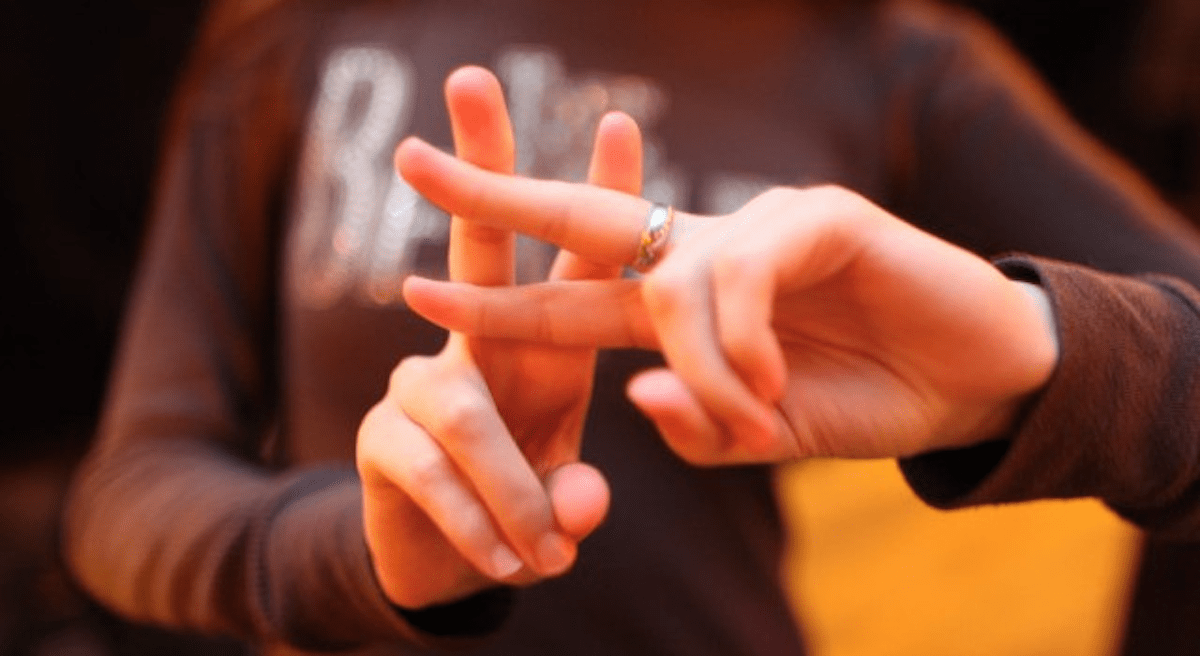Pound it, Tag it!
Some of us come from an era in which tagging wasn’t even a thing, and yet here it is now: four lines overlapping each other to make a symbol we now call a Hashtag!
All it took was one tweet from the very first Hashtag user, Chris Messina. Since then, twitter was responsible for popularising its use, given how adding a word to the pound sign ended up becoming links that redirect you to countless posts related to the subject.
It’s pretty nifty when you want to organize things, but for bloggers or business owners promoting on their Social Media pages, it’s the shit! Imagine having these babies divert more traffic to your page!
However, it still depends on the Social Media you choose.


For Instagram or Pinterest, more hashtags are equivalent to more engagement. It could be due to the fact that they rely heavily on images to attract people, and so, tags would be needed to determine certain snaps that others might not understand from the get go.
Plus they will most likely look at your images more--


Twitter and Facebook have, in a way, similar results in which the more hashtags you put, the less engaging they could end up in. Limit the number of words for the tags and focus on the content.
Why are you tweeting? What is it about? Why the sudden status update? Images or videos could get you more clicks, and a clear summary of what you are linking would make your followers check it out.

Tumblr, on the other hand, is more of an in-between. You can put a lot of tags and people will still flock to it so long as it is in their interest, and at the same time, you can just add a couple of hashtags that are relevant and you would get some likes or reblogs.
Take note that these findings do not apply to all, but the majority.
Just find out what’s trending and who are the people you’re targeting.
Consider your followers’ feelings too! Regardless of what or who is trending, make sure that your chosen tags are still relevant to your posts. There have been many victims to clickbaits, and while it is an effective strategy, constant use of it could cost you your audience.
Remember the following:

- Relevance
When you post, you’d like to garner as many likes as you can, so narrow down what it’s all about and stick to words related to it.
- Avoid Spamming
#This #Is #An #Example #Of #Spamming #A #Hashtag
Pertaining to posts that have more hashtags than actual content.
- Be Specific
But not TOO specific; if it’s a post about a dog, add a hashtag of what breed is it but don’t put what size or hair length it has.
*Unless your business is about grooming, breeding, etc since those might be needed.
- Personalized
Rather than using your own brand, name, or label, try a short slogan like most business chains do. Find something that’s representing what you stand for as it could do wonders! Not to mention a (sneaky) way to get people to promote your brand for free when they end up loving your personal hashtag.
- Holidays / Events
Take Inktober for instance! Artists are able to get more people to take a look at their works just by adding the hashtag to “Inktober” during the 10th month of the year and end up with more traction.
- What’s Trending
Keeping up with theKardashianscurrent news isn’t so difficult nowadays though it can be challenging since news today often becomes so last season in a while. So the moment you get your hands on someone spilling the tea on something, find out how you can connect it to your page!
- Tone / Voice
You are a human being and so is your target audience. Before you submit a post, apart from the hashtags, match it up with some feels. If you’re announcing that you just got a promotion you’ve been waiting years for, then be happy! Be excited!

Do a little research on the mentioned above if you want to be sure, it can really change your game! Review your posts, find which tags are the most effective and which ones can go. Play around with a few more words to get an idea of what is effective, what could last, so on and so forth.
If you happen to lose , you can always make a post asking your followers what they’d like to see on your feed, it’s one technique to increase engagement.


